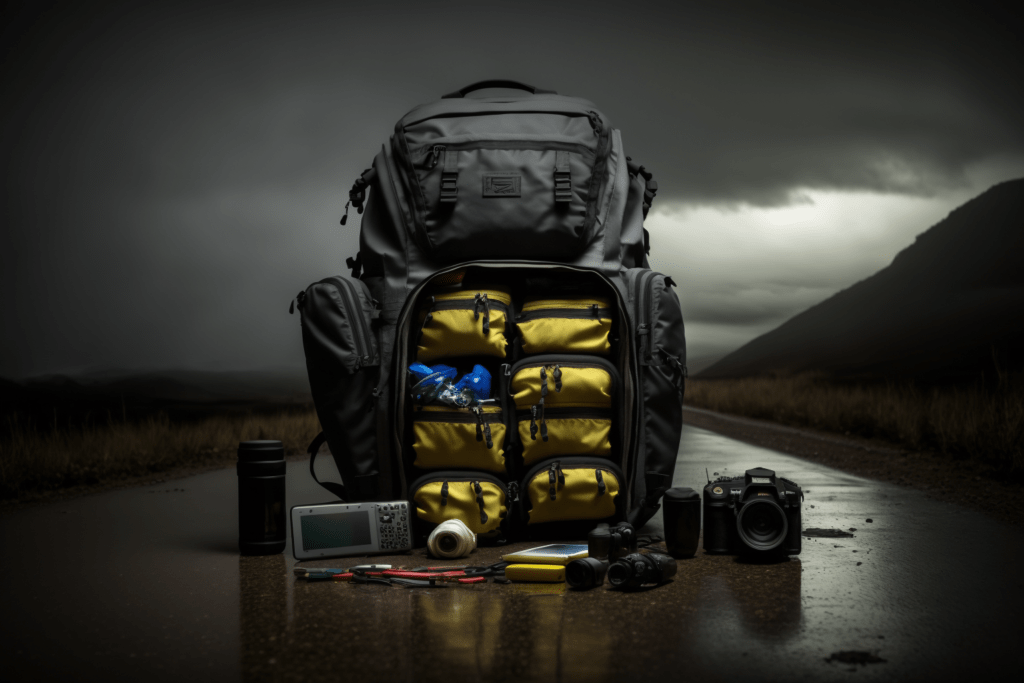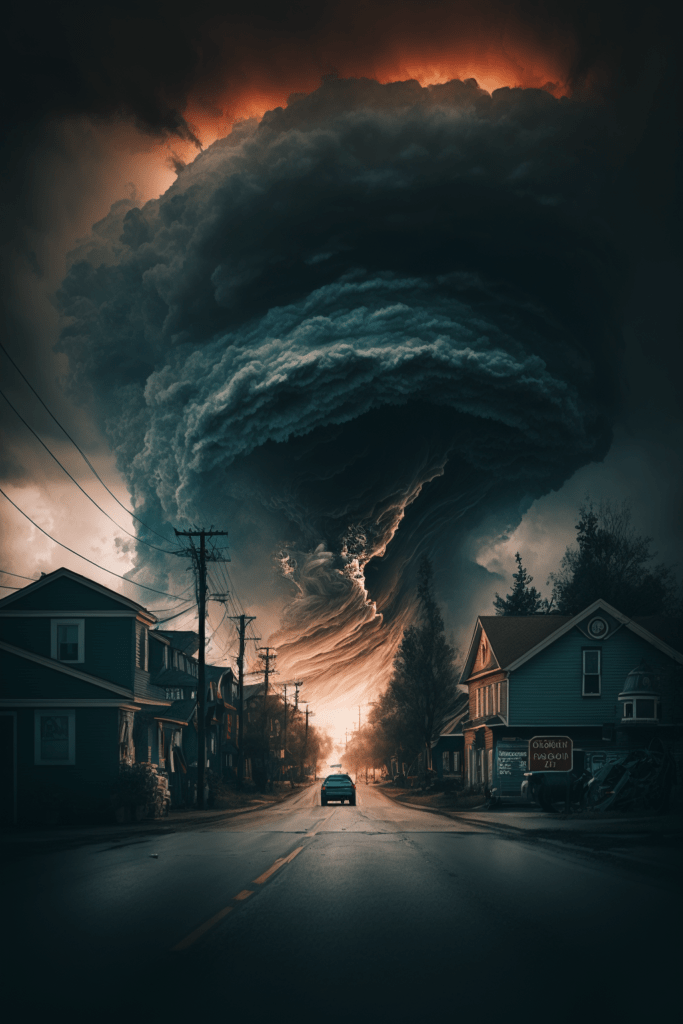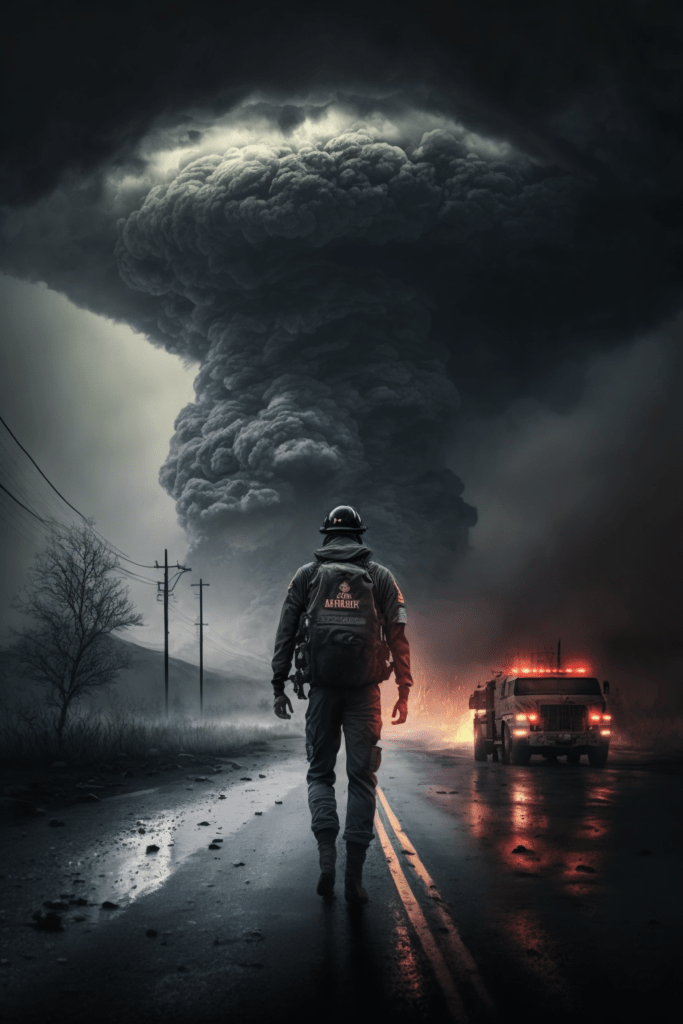
Readying yourself for Natural Disasters: Emergency Preparedness and More
Introduction to Natural Disasters
Natural disasters can strike at any time and place – some places may be more at risk than others, but that’s no reason to be unprepared. Most natural disasters can cause immense damage to property, the environment, and human life and structures. Earthquakes, hurricanes, floods, blizzards, storms and wildfires are just a few examples of the catastrophes that can turn our lives upside down in an instant. The importance of being prepared for things like these, just cannot be overstated, as it can literally make the difference between life and death. We’ll take a quick look at a few basics of emergency preparedness, essential supplies for disaster kits, evacuation planning, insurance considerations, as well as recovery and rebuilding efforts for natural disasters.
Common Types of Natural Disasters and Their Impacts
Natural disasters come in various forms, each with its unique set of challenges, risks and consequences. Earthquakes can cause widespread structural damage and mud slides, while hurricanes bring torrential rains, high winds, and storm surges that often result in flooding. Floods can drown out entire communities, destroy infrastructure, and cause landslides. Wildfires can ravage vast areas, decimating forests, buildings, businesses, homes, and even wildlife habitats. If you stay aware of the types of natural disasters that are common in your area, you can stay on top of your emergency preparedness plans as well.

Emergency Preparedness Plans
Creating – and maintaining – an emergency preparedness plan is a crucial element of disaster readiness. When you’re putting together yours, you should identify potential hazards, assess the risks they pose, and develop strategies that can help you mitigate their impact. Key components of an emergency preparedness plan include:
- Creating a family communication plan for your household that outlines how you will contact each other, and where you will meet if you get separated during a disaster.
- Designating a safe room or space within your home where you can take shelter during severe weather events.
- Establishing an evacuation plan, including multiple routes and predetermined meeting points.
- Familiarizing yourself with local disaster response plans and resources.
Essential Supplies for Disaster Kits
A well-stocked disaster kit is indispensable during natural disasters. It should contain enough food, water, and supplies to last at least 72 hours. Essential items include:
- Non-perishable food items and a manual can opener
- One gallon of water per person per day
- A battery-powered or hand-crank radio
- Flashlights and extra batteries
- A first-aid kit
- Prescription medications and personal hygiene items
- A multi-tool, matches, and a whistle
- Copies of important documents, such as insurance policies, identification, and medical records
Evacuation Planning
It could very well become necessary to evacuate your home in certain disaster scenarios. It’s absolutely crucial to have a well-thought-out evacuation plan that includes:
- Identifying multiple evacuation routes
- Preparing a “go-bag” containing essential items, such as clothing, medication, and important documents
- Familiarizing yourself with local evacuation centers and shelters
- Designating a meeting point for family members if separated during the evacuation
Insurance Considerations

For the inevitable aftermath, you should ensure that your insurance policies cover the specific natural disasters common in your region. Review your coverage regularly and update it as necessary – many people think this is an automatic process, and it definitely isn’t. Remember that if insurance companies can get away with not paying out, they will. Consider purchasing additional coverage, such as flood or earthquake insurance, if your standard policy does not include it.
Recovery and Rebuilding
Recovering from a natural disaster can be a long and arduous process. It’s essential to prioritize safety and well-being during this time. Reach out to local disaster relief agencies and organizations for assistance and support. Keep in mind that rebuilding may require permits, inspections, and adherence to updated building codes. Engage with your insurance provider to understand your coverage and claim process.
In conclusion, preparing for natural disasters is an absolutely vital aspect of making sure that your safety and well-being, as well as that of your family and community is up to speed. By developing an emergency preparedness plan, assembling a disaster kit, creating an evacuation strategy, and understanding insurance considerations, we can mitigate the impact of these devastating events. Being (a little hyper-)aware of local resources and support during recovery and rebuilding phases can help make the process smoother and more manageable. Remember that knowledge and preparedness are the best tools in the face of natural disasters. Stay informed, stay prepared, and stay safe.
